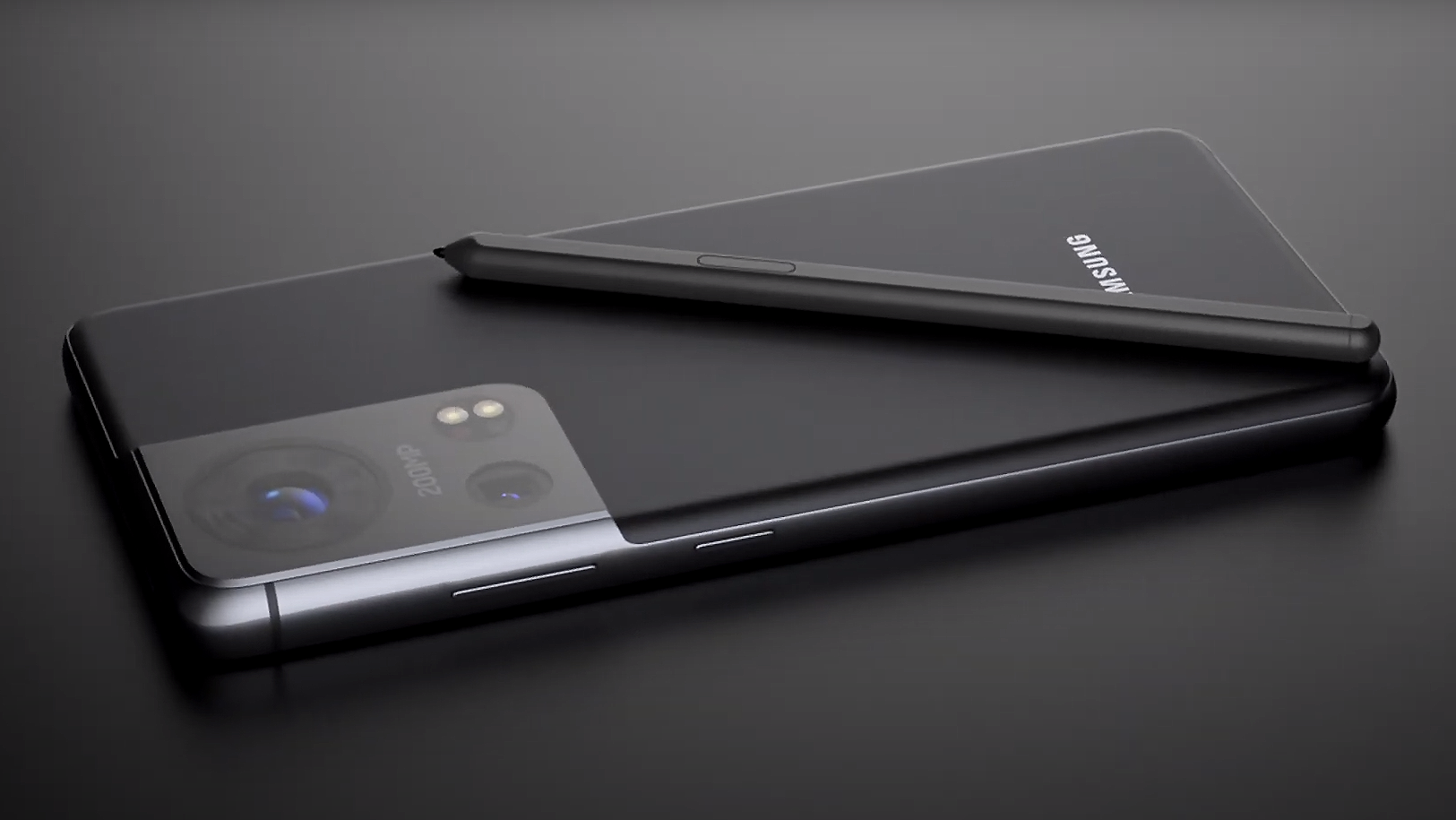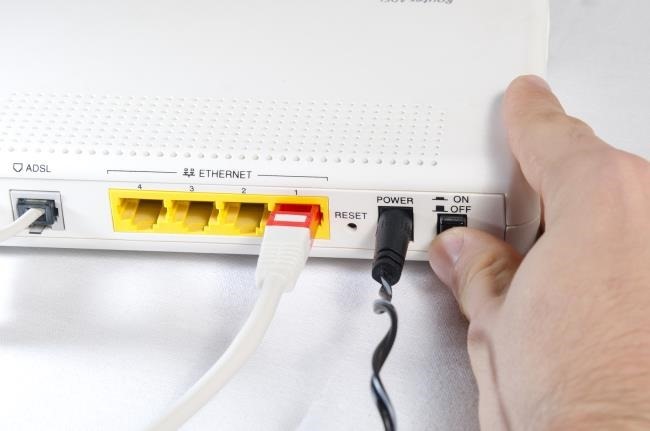If you’re a proud owner of the Google Pixel 6 or Pixel 6 Pro, you may encounter situations where you need to boot your device into recovery mode. Recovery mode is a built-in feature in Android that allows users to troubleshoot and resolve issues with their devices. Whether you’re facing file system corruption, installing an incompatible root mod, or experiencing problems after an over-the-air update, this guide will walk you through the step-by-step process of booting your Google Pixel 6 into recovery mode.
What is Recovery Mode?
Before we dive into the process, let’s first understand what recovery mode is and why it is essential. Recovery mode is a special bootable partition on your Android device that allows you to perform various system-level operations. It serves as a fail-safe mechanism to recover your device when something goes wrong with the operating system.
Recovery mode can be used to perform tasks such as:
- Wiping cache partition
- Factory resetting the device
- Installing system updates
- Applying official firmware updates
- Rooting the device
- Restoring backups
Now that we have a basic understanding of recovery mode let’s move on to the steps to boot your Google Pixel 6 into recovery mode.
Booting Google Pixel 6 into Recovery Mode
- Power off your device completely by long-pressing the power button. It’s important to make sure that your device is completely powered off before proceeding to the next step.
- Once your device is powered off, wait a few seconds to ensure it is fully shut down.
- Press and hold both the power button and the volume down button simultaneously for a few seconds. This combination will boot your device into the Fastboot mode.
- Release both the power and volume down buttons when you see your phone booting up into Fastboot mode.
- In Fastboot mode, you can change the highlighted option at the top by using the volume up or volume down buttons. By default, the “Start” option is highlighted, but we need to select the recovery mode option.
- Use the volume up or volume down buttons to navigate through the options until you see the recovery mode option highlighted.
- Once the recovery mode option is highlighted, press the power button to select it.
- Your device will reboot and display a small Android figure with the message “No command.” This is not the recovery mode itself but a splash screen for recovery mode.
- To bypass this splash screen, press the power button and shortly after, press the volume up button. Release both buttons shortly after pressing them.
- If you press the button combination at the right time, your device will bypass the splash screen. If nothing happens, repeat the button combination until you successfully bypass the splash screen.
- After bypassing the splash screen, your Google Pixel 6 will enter the Android recovery mode.
- In the recovery mode, you will see several options that can be used to perform different actions on your device. These options may include:
- Reboot system now
- Apply update from ADB
- Wipe data/factory reset
- Wipe cache partition
- Apply update from SD card
- Mount/system
- View recovery logs
- Power off
For the purpose of this guide, we will focus on how to exit recovery mode. However, you can explore these options to perform other actions if needed.
Exiting Recovery Mode
If you accidentally entered recovery mode or need to exit it for any reason, here’s how you can do it:
- In the recovery mode, use the volume up or volume down buttons to navigate through the options.
- Locate the “Reboot system now” option and make sure it is highlighted. In recovery mode, you can’t use the touch screen to select an option, so rely on the volume buttons.
- Press the power button to select the “Reboot system now” option.
- Your device will power off and start booting back into the Android operating system.
- Once your device boots back into Android, you can unlock it as you normally do and access all the features and functionalities.
In case you are still facing issues after exiting recovery mode or if your device is stuck in a boot loop, you may need to perform a factory data reset to recover the Android operating system. Keep in mind that a factory reset will erase all the data on your device, so make sure to back up any important files beforehand.
Remember, if you’re unsure about any of the steps or encounter difficulties, it’s always a good idea to consult the official documentation or seek assistance from customer support.
Conclusion
Being familiar with the process of booting your Google Pixel 6 into recovery mode can be immensely helpful when troubleshooting issues with your device. Whether you need to wipe the cache partition, apply system updates, or perform a factory reset, recovery mode provides the necessary tools to resolve common software-related problems. By following the steps outlined in this guide, you can easily enter and exit recovery mode on your Google Pixel 6 or Pixel 6 Pro. Remember to exercise caution and carefully select the desired option to avoid unintended consequences.
Experiencing difficulties with your Device, check out our “How To” page on how to resolve some of these issues.







2 comments